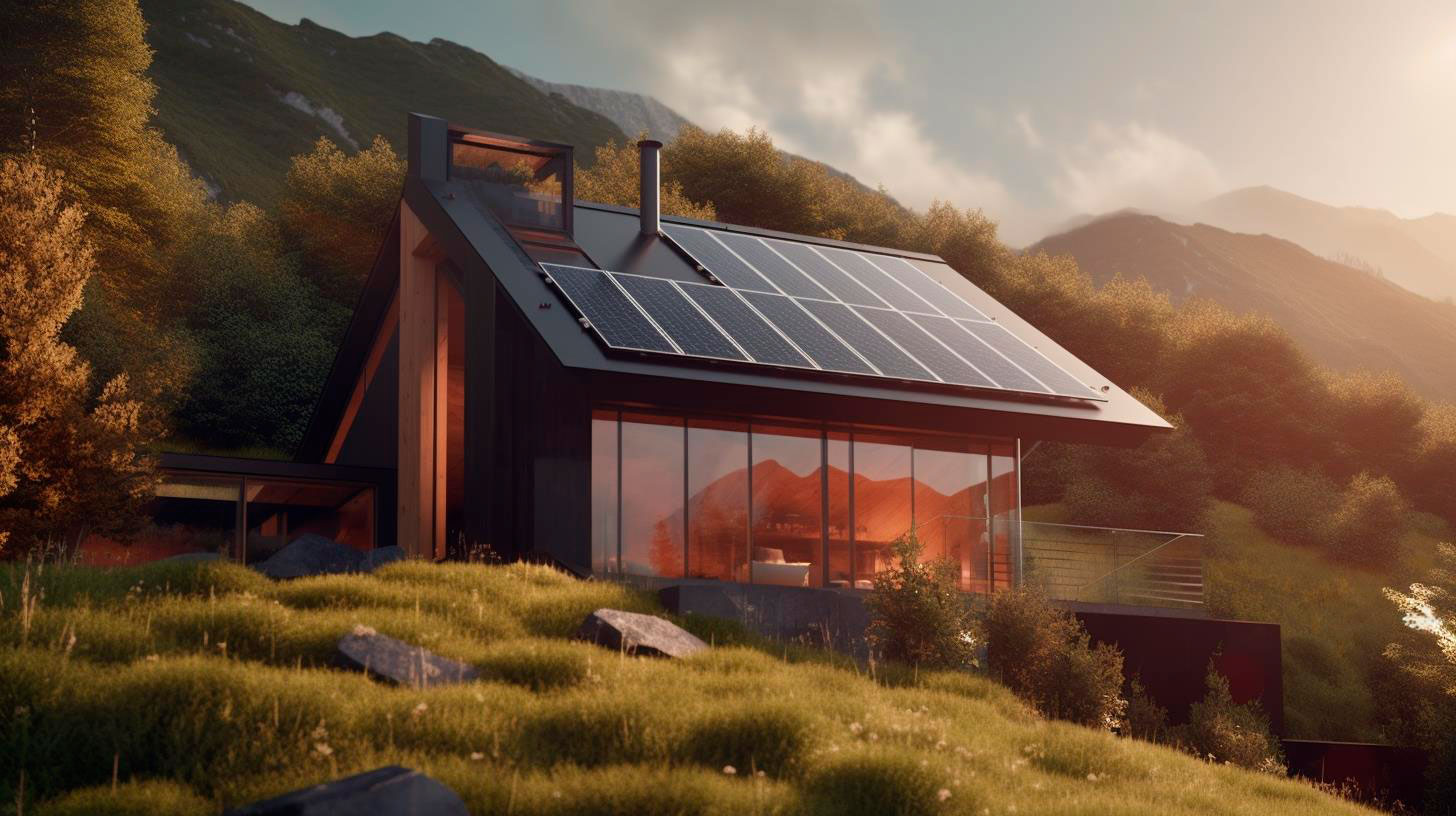The Rise of Geothermal Systems: A Cleaner Way to Heat and Cool
Geothermal systems offer numerous benefits, including energy efficiency, cost savings, and reduced carbon emissions. In this blog post, we will explore the rise of geothermal systems and why they are becoming an increasingly popular choice for environmentally-conscious individuals and industries.
How Geothermal Systems Work
Geothermal systems work by utilizing the consistent heat of the earth’s core, which remains constant throughout the year. These systems rely on a series of pipes, referred to as ground loops, buried underground. The ground loops contain a fluid, typically a mixture of water and antifreeze, that transfers the earth’s stable temperature to the building above.
When heating is required, the geothermal system extracts the heat from the ground and delivers it to the building’s heating system. On the other hand, during cooling seasons, the system removes the heat from the building and transfers it back into the ground, effectively cooling the space. This process is highly efficient, as it requires significantly less energy compared to traditional heating and cooling methods, such as furnaces or air conditioners.
The Advantages of Geothermal Systems
Geothermal systems offer several advantages over conventional heating and cooling methods. Let’s take a closer look at some of these key benefits:
- Energy Efficiency: Geothermal systems are highly energy-efficient, capable of delivering up to five units of energy for every unit of electricity used. This results in lower energy bills and reduced operating costs.
- Environmental Friendliness: Geothermal systems produce no direct carbon emissions, making them a cleaner alternative to fossil fuel-based systems. According to the U.S. Environmental Protection Agency (EPA), geothermal systems can reduce carbon emissions by up to 75% compared to traditional heating and cooling systems.
- Long Lifespan: Geothermal systems have a longer lifespan than traditional HVAC systems, typically lasting 25 to 50 years with minimal maintenance. This longevity not only saves money in the long run but also reduces the environmental impact associated with frequent system replacements.
- Stable Performance: Geothermal systems are not affected by external weather conditions, such as extreme temperatures or high winds, allowing for consistent and reliable performance throughout the year.
The Cost Consideration
While geothermal systems offer numerous benefits, it is important to consider the initial cost of installation. According to the U.S. Department of Energy, the average cost of a residential geothermal system can range between $10,000 and $30,000, depending on various factors such as the size of the building and the system’s complexity. However, it is essential to note that the long-term energy savings and potential tax credits and incentives can offset this upfront investment.
The Future of Geothermal Systems
The future of geothermal systems looks promising. According to a study conducted by the International Renewable Energy Agency (IREA), the global capacity of geothermal power generation is expected to increase by an additional 3,500 megawatts by 202 This projected growth is driven by supportive government policies, technological advancements, and increased awareness of the environmental benefits associated with geothermal energy.
Key Takeaways
- Geothermal systems harness the earth’s natural heat for heating and cooling purposes and are an eco-friendly alternative to traditional HVAC systems.
- Geothermal systems offer significant advantages, including energy efficiency, environmental friendliness, long lifespan, and stable performance.
- While the initial cost of installation may be higher, long-term energy savings and potential incentives make geothermal systems a cost-effective choice.
- Geothermal energy is expected to grow in popularity, driven by government support and technological advancements.
In conclusion, geothermal systems provide a cleaner, more sustainable solution for heating and cooling buildings. With their numerous advantages and the increasing focus on renewable energy, it is no wonder that geothermal systems are on the rise. Whether it is for residential or commercial use, investing in geothermal technology not only reduces carbon emissions and energy costs, but also contributes to a greener and more sustainable future.
To learn more about geothermal systems and their benefits, check out the U.S. Department of Energy’s website.
